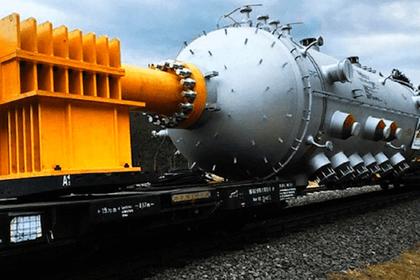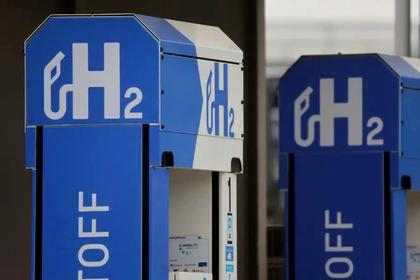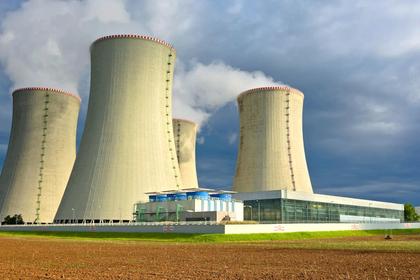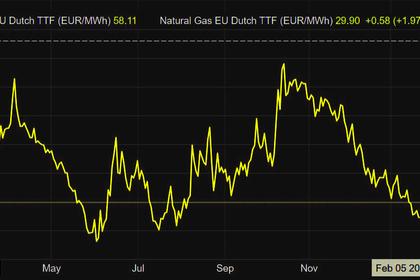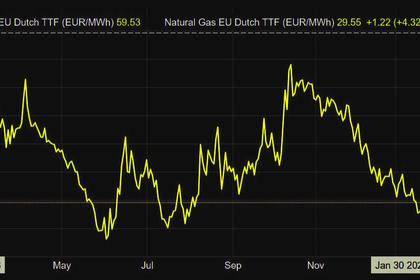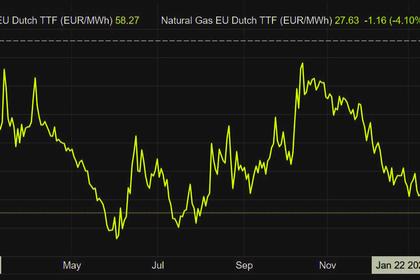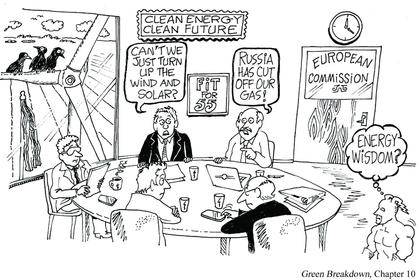
EUROPEAN CARBON RISKS
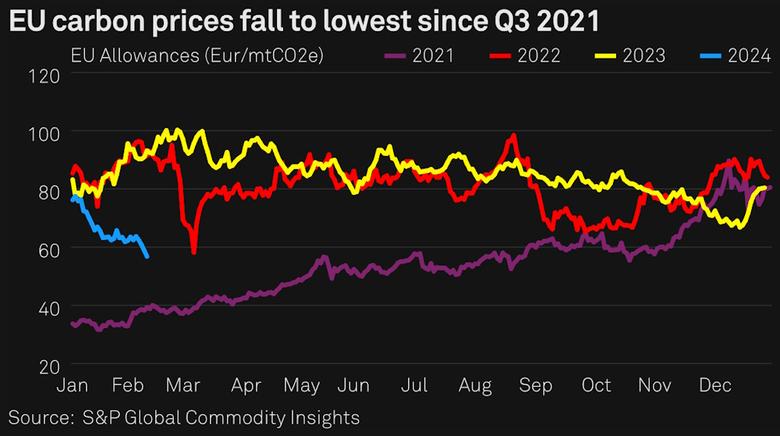
IEEFA - 6 February 2024 - The European Union (EU) plans to rapidly ramp up carbon capture technology despite uncertainties surrounding the safety of transportation and underground storage.
The Institute for Energy Economics and Financial Analysis (IEEFA) warns that the European Commission’s newly released industrial carbon management strategy bets on unproven technologies that could drive vast sums of public resources into inefficient projects.
Andrew Reid, Energy Finance Analyst at IEEFA Europe, says: “The European Commission’s carbon capture ambition is significant at ~450 million tonnes of CO2 by 2050, of which around 40% will come from direct air capture (DAC) alone, the most expensive carbon capture process. DAC will require its own low-carbon energy and suitable storage sites to function. It costs anywhere from US$600-1,000 per tonne, considerably higher than the current EU Emissions Trading System or effective carbon price of ~€60.
“Beyond the high cost, there is also a question mark around the effectiveness of carbon capture technologies in general. Most projects to date are small-scale demonstrators which have generally underperformed relative to their expected capture rates. This combined with the uncertainties around the safety and permanency of transportation and underground storage makes carbon capture of this scale a very high-risk component of the EU’s decarbonisation strategy.”
Arjun Flora, Director at IEEFA Europe, says: “Public funding and regulatory support for an industrial carbon management economy has been proposed as a necessary intervention to meet climate targets. However, its key assumptions are not being sufficiently challenged, nor is there any consideration of how the strategy could pivot if technological progress does not proceed as promised, or alternative pathways appear. Instead, all long-term liabilities are expected to pass to taxpayers.
“This pattern is similar to exaggerated claims around the need for hydrogen and LNG infrastructure in recent years. An industry push for business case development means maximising the potential size of the market, in order to drive investment and profits, rather than allowing a more holistic, systems-level approach to planning for the energy transition, which might leave a smaller role for certain industries and technologies. Such an industry-led approach can drive vast sums of public and private resources into inefficient projects, wasting time and budgets and creating stranded assets.
“Rather than making long-term bets on unproven technologies and debatable carbon accounting, it would be prudent to limit support to specific key projects—to first demonstrate real-world performance by 2030 or 2035—before committing to any further targets and public funds in this direction."
-----
Earlier:
